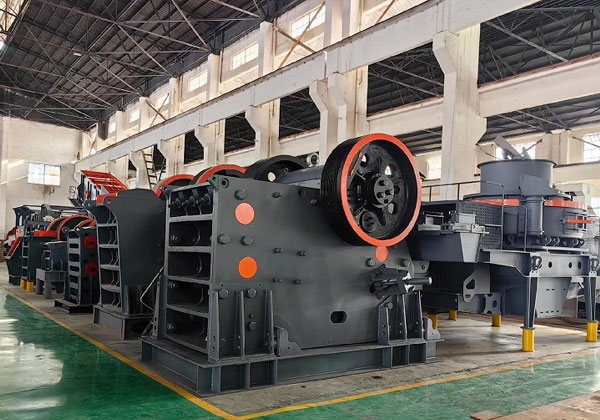The design of gravel production machines plays a vital role in the efficiency and quality of aggregate production for construction, road building, and infrastructure development. These machines are engineered to crush, screen, and separate raw rock materials into uniform sizes of gravel used in various applications. A well-designed gravel production system not only improves productivity but also ensures long-term durability, low maintenance, and cost-efficiency.

Core Components of Gravel Production Machines
A typical gravel production line includes a combination of primary crushing, secondary crushing, screening, and conveying equipment. The major machines include:
-
Jaw Crushers: Used for primary crushing of large rocks. Their design emphasizes strength, high reduction ratios, and adjustable discharge settings.
-
Cone Crushers and Impact Crushers: Used for secondary or fine crushing, these machines are designed with wear-resistant materials and advanced hydraulic systems for better control.
-
Vibrating Screens: Used to sort crushed materials by size. Key design considerations include deck configurations, vibration amplitude, and screening efficiency.
-
Conveyors and Feeders: Designed for transporting materials between stages. These systems must ensure smooth material flow and minimal blockages.
Each component must be designed for heavy-duty performance and compatibility with the rest of the system to avoid bottlenecks and ensure continuous operation.
Design Considerations for Efficiency and Output
The design of gravel production machines must address several engineering factors:
-
Material Characteristics: The hardness, abrasiveness, and moisture content of the source rock affect the choice of crusher and screen type.
-
Capacity Requirements: Machines should be designed to meet specific production targets, typically expressed in tons per hour (TPH).
-
Energy Efficiency: To reduce operating costs, modern machines incorporate energy-efficient motors, automated controls, and optimized crushing chambers.
-
Mobility and Layout: For on-site applications or remote quarries, mobile or modular units are preferred. Layout design ensures minimal handling and efficient workflow.
Automation, safety features, and ease of maintenance are also critical. Many modern gravel plants use PLC systems and sensors to monitor wear, load conditions, and performance in real-time.
In summary, the design of gravel production machines integrates mechanical engineering, material science, and environmental considerations. A well-designed machine ensures high-quality gravel output, operational efficiency, and sustainability, all of which are vital to support the construction industry’s ever-growing needs.

